
Everything You Need To Do: January Gardening Edition
Published: 20/12/2022 | Updated: 25/04/2023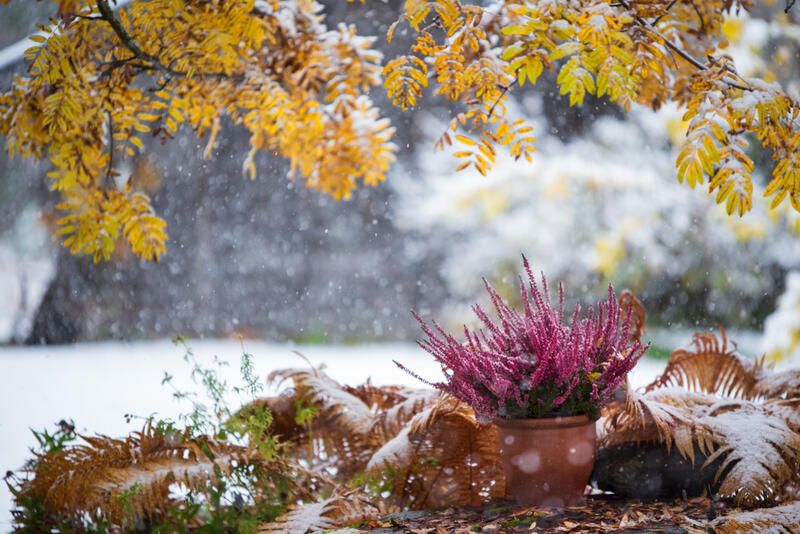
That winter months frost is still around but your green thumb has begun to itch, you know what time it is, it's January! January's always a fresh start to a new, better year ahead, resolutions have just been made and gardens need to be planted. Whether you've started getting back on those gardening tasks or are still sobering up from your new year shenanigans and won't start heading out back until early February, we've created the ultimate January gardening guide to get you excited for some new garden beds and tender plants! Grab those garden tools and let's get started!


January Garden Chores: To-Do List
All Climates
-
Examining garden catalogs in January will help you place your spring planting orders.
-
Examine your outdoor plants for frost heaves and add more mulch as necessary.
-
Put the poinsettia plant (Euphorbia pulcherrima), if you were given one for Christmas, in a window where it receives as much sunlight as possible. When the soil surface feels dry to the touch, water the plant. Do not let the poinsettia sit in water; instead, let the water drain out of the pot's bottom.
-
Check bulbs, corms, and tubers before storage to ensure they are not rotting or too dry.
-
Recycle your Christmas tree or plant & care for your living tree.
-
Fruit trees should be pruned to encourage strong growth and fruit output.
-
Clean and honing gardening tools
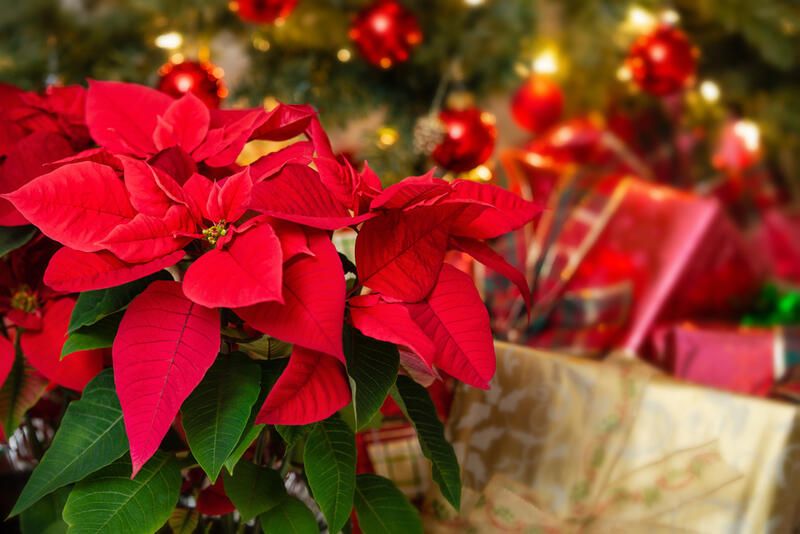
Northeast
In the Northeast, a January thaw is not unusual, giving you some time for yard work.
This is an excellent opportunity to evaluate how well your trees and shrubs are withstanding the sea spray if you live close to the beach. Next year, aim to replace underperforming plants with salt-tolerant ones.
Once the snow has fallen, clear the pathways to the garden of snow so you may more easily clear away fallen limbs and check for damage.
Midwest
In the Midwest, January is a chilly month. Your main responsibilities are garden maintenance and inspection. Continue looking for bark damage on trees and plants. If you do, you probably have a vole, rabbit, or deer problem and need to take action.
Once the snow has fallen, clear the garden access paths of snow. This improves your access to the winter garden, allowing you to remove fallen branches and check the health of your shrubs, among other things.
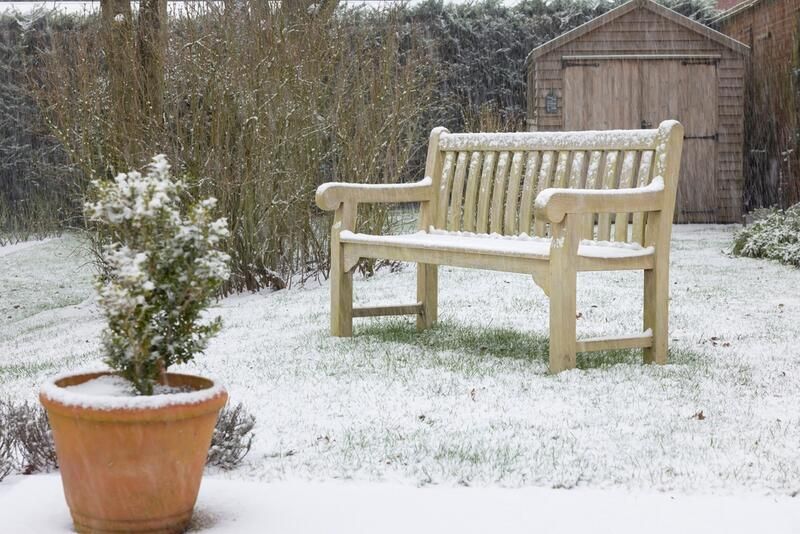
Pacific Northwest
In some places, the temperatures are probably acceptable enough for working outside on lovely days.
-
Prepare row coverings in advance to cover delicate plants during chilly nights.
-
Plant fruit trees, artichokes, asparagus, and rose bushes from seed.
-
Any annual trimming you haven't finished yet should be done. Remove dead limbs from trees and shrubs as well as the canes from rose bushes.
Pacific Coast
In Northern California, temperatures are probably tolerable enough that you can still work outside on days with decent weather. Gardeners in Southern California can be much more active.
Northern California:
-
Prepare row coverings in advance to cover delicate plants during chilly nights.
-
Plant fruit trees, artichokes, asparagus, and rose bushes from seed.
-
Complete any unfinished pruning on rose bushes, perennials, and trees.
Southern California:
-
Fruit trees should be pruned before they bloom, and pests that are prone to overwintering should be sprayed with an organic dormant spray.
-
Plant cool-season veggies, trees, perennials, and bare-root rose bushes. They'll probably require additional irrigation.
-
Your rose bushes should be pruned now.
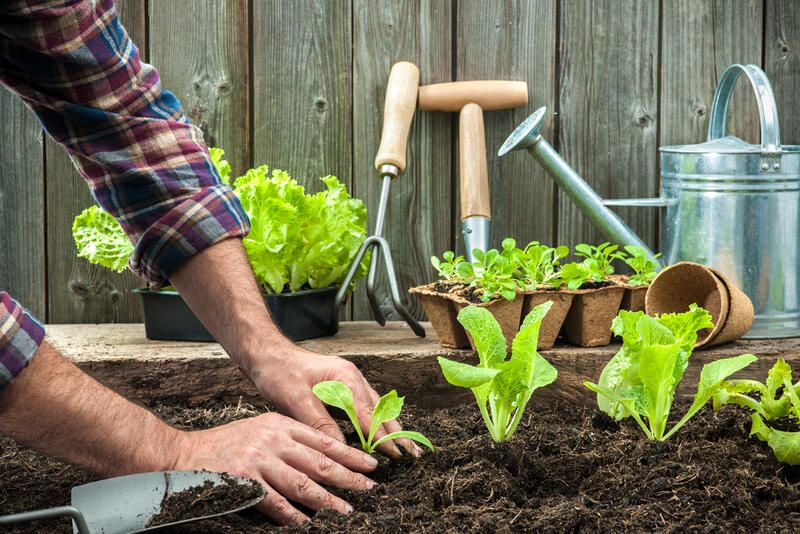
Southwest
There will be times when you can't accomplish much outside in the high desert, but the low desert is more conducive to gardening and has a steady supply of water.
-
Plant seeds for cool season crops like turnips, broccoli, cabbage, culinary greens, onions, and peas this month in preparation for transplanting.
-
Develop asparagus.
-
At the end of the month, direct sow cool-season veggies like carrots, greens, and peas.
-
Plant cool-season flower transplants such as violas, petunias, snapdragons, sweet peas, and pansies.
-
Begin trimming the roses.
-
If there isn't enough rain, keep watering evergreens.
Southeast
Many people from the North would want to spend January in the Southeast. However, that does not imply that gardeners in the Southeast can relax their security measures. Hard freezes and abrupt temperature reductions do occasionally happen.
-
When temperatures drop, row coverings can be used to protect delicate plants.
-
By continuing to add compost to the garden, test and adjust the soil.
-
Complete the wisteria pruning by starting with the longest vines.
-
Take winter greens in.
-
Start planting shrubs and trees.
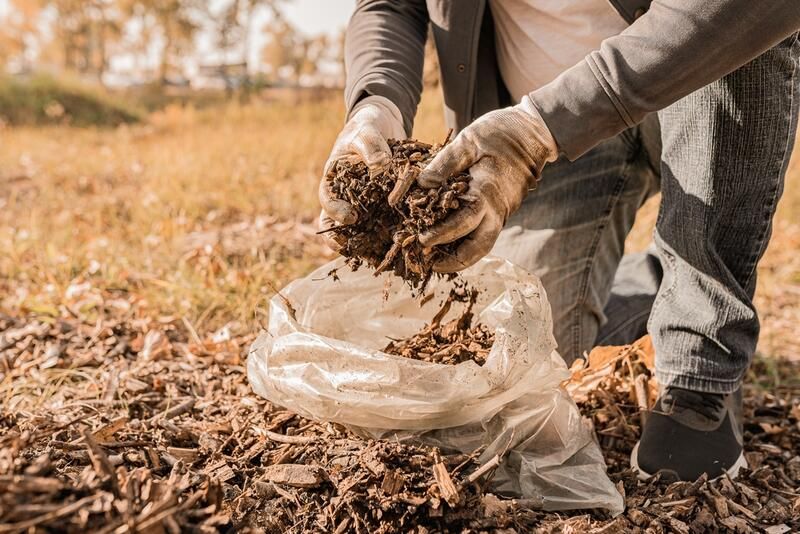
Florida
Florida is separated into North Florida, Central Florida, and South Florida to make it easier to forecast the weather. Despite the typically pleasant weather, if you live outside of South Florida (USDA zones 10 and 11), you still need to be prepared for temperature changes.
-
Use the milder weather to your advantage and plant cool-season vegetables like spinach, lettuce, or peas.
-
Cover delicate plants with row covers during cold spells.
-
Plant seeds for veggies that take a while to mature, such as chiles, peppers, and eggplant.
-
After the raspberry canes have finished ripening, prune them to the ground.
Sow Seeds Early
All different types of new seeds & young seedlings can be planted in early January. From flower seeds to bird seeds. Although tempting, there are a few issues you should be aware of. When you germinate seeds before temperatures warm you will need to make sure you have the right soil and location for the seed to grow in. The young plant must be outside for at least a few weeks which means you have to have enough room to keep the seedlings covered by your choice of plant coverings (we have an article all about this you can check out!). Make sure you protect tender plants as well if you're using nursery plants from your local garden center or garden catalogs.
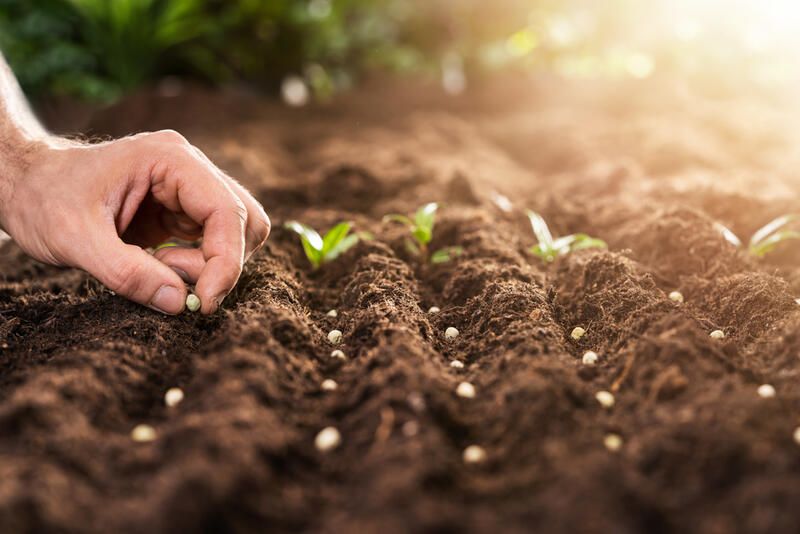
Caring, Pruning, Planting & Sowing
Fruits
Planting:
-
Plant bare-root shrubs and trees if the ground is not frozen.
General Care:
-
Keep examining the fruits in storage and throw out any that are bad.
-
Make sure the tree ties and stakes are solid and stable.
-
Once mature, pick citrus fruits.
-
For an equal bud break, lower the stems of indoor grapevines.
-
Fruit trees and bushes should be given winter washing.
-
To all fruits and nuts, sprinkle sulfate of potash on top.
Pruning:
-
Prune pears, quinces, medlars, apples, and peaches.
-
Start pruning gooseberries and currants.
-
Start pruning autumn raspberries.
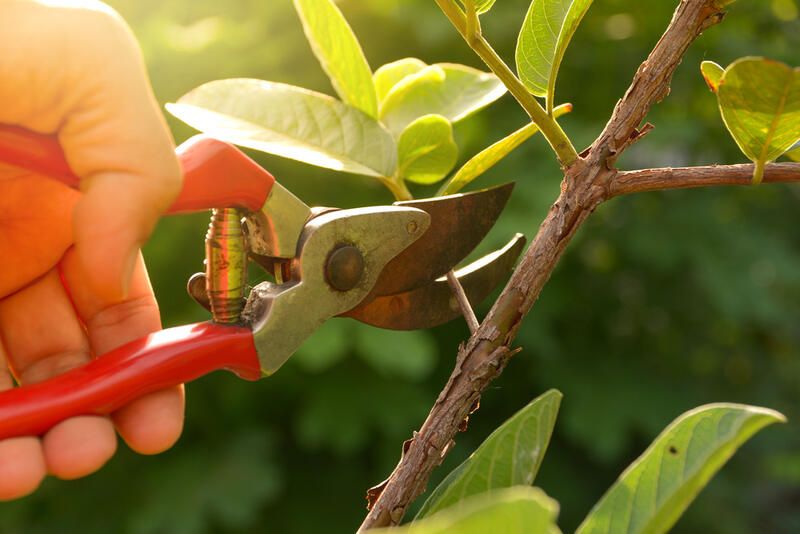
Vegetables
Planting:
-
In warm climates, plant-wide beans in pots and keep them in a cold frame or unheated greenhouse.
-
For early crops, such as lettuce, summer brassicas (such as cabbage and cauliflower), spinach, salad onions, and turnips, sow the seed indoors.
-
In a hot propagator, sow onion seeds.
General Care:
-
Stake or bury Brussels sprout stalks that are lanky and wind sensitive. First, select the largest sprouts from the lower parts of the stems.
-
Make chicory grow thick, leafy heads by forcing it.
-
To warm the soil before planting, cultivate and prepare seed beds by covering them with transparent polythene, cloches, or fleece.
-
Leave heavy soils exposed if the weather is consistently dry and frosty since the frosts will eliminate pests and strengthen the structure of the soil by repeatedly freezing and thawing the soil water.
-
By including a lot of organic matter, heavy soils can drain more effectively. Only when used in conjunction with organic materials will grit be beneficial.
-
To avoid compacting the soil when gardening on damp soils, work from a plank of wood rather than walking on the bed.
-
Egg boxes should be saved since they will be useful for potato chitting next month. If you haven't already, source your seed potatoes.
-
To assist prevent disease buildup, design a rotation system for vegetable plots so that the same crops are not produced in the same beds year after year.
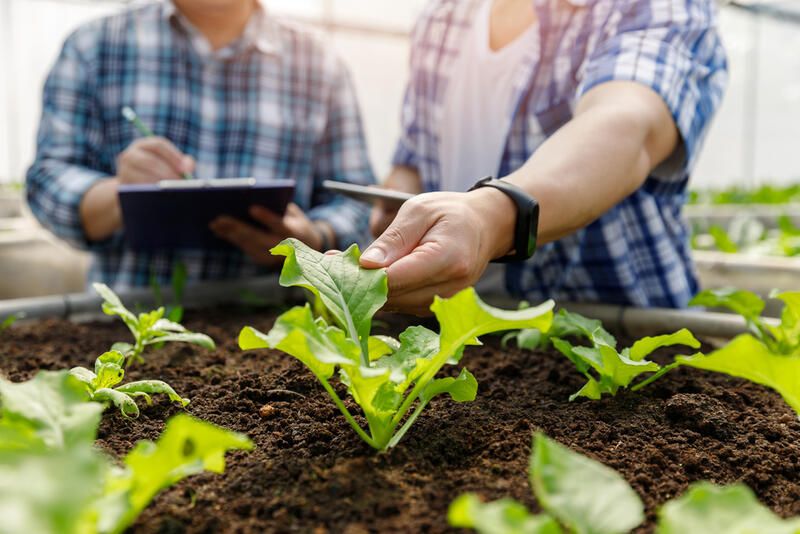
Problem Solvers
-
Place mice controllers close to vegetable storage.
-
Defend early seed plantings from slug damage.
-
Defend brassicas against birds.
-
On brassicas, keep an eye out for grey mold and brassica downy mildew.
-
The vegetable garden should be cleared of all residual plant matter. Composting sick material is not recommended, including crops with rust, potatoes with blight, and onions with white rot. Burn or discard the contaminated stuff.
-
To combat peach leaf curl, make sure to spray.
-
Examine and remove any cankers from apples.
-
Check for scale insects, spider mites, and any black spots
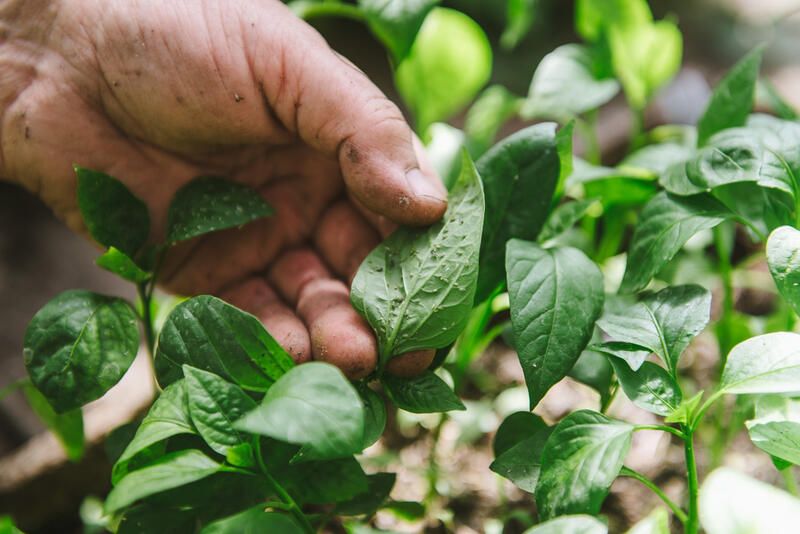
What to Plant in January?
There is no better time than the beginning of the year to plant a brand-new spring garden that will bring fresh vegetables and brilliant bulbs after a chilly winter. In milder climes, January is a fantastic time to start planting for outdoor gardens, although the coldest regions of the U.S. should wait until the last significant frosts have occurred. For planting in January, pick slow-growing perennials, cold-tolerant annuals, and landscaping shrubbery. Here are some of our favorites!
Amaryllis
The ideal splash of color for grey winters, potted amaryllis weathers the colder months wonderfully inside or in a greenhouse. Amaryllis bloom 5 to 8 weeks after planting, depending on your climate and the cultivar, so they do require some patience to flourish.
Beans & Peas
Snap, snow and English peas are hardy and can withstand the majority of freezing weather. Another excellent resilient alternative that can be planted in January is fava beans.
Greens
While lettuce, chard, and arugula can be planted all winter long, be sure to do your research on which greens are best for your region's environment.
Asparagus
Planting asparagus in early January will yield the finest results since it is in its prime in the early spring. Because asparagus roots are so delicate, keep the bed clear of weeds and sharp objects when digging.

Peonies
Peonies are often planted in late autumn, however, individuals who live in warmer climates with fewer severe touches of frost can do it in the winter.
Root Crops & Vegetables
Root vegetables that provide delicious winter soups include carrots, turnips, radishes, and parsnips. These can be planted as early as January and as late as the beginning of spring.
Hellebore
Hellebore is a vibrant, simple-to-grow perennial that blooms throughout the winter and looks amazing in bouquets. The colors range from mauve, scarlet, and even dark purple to green and white. They should be positioned as borders around shrubs and trees in rich, organic soil.
Narcissus
The paperwhite narcissus is a favorite among both gardeners and florists. They are another bloom that may be forced to bloom early by bringing it inside or placing it in a greenhouse over the winter. These can be planted in a container or grown in a bulb vase to display their roots.
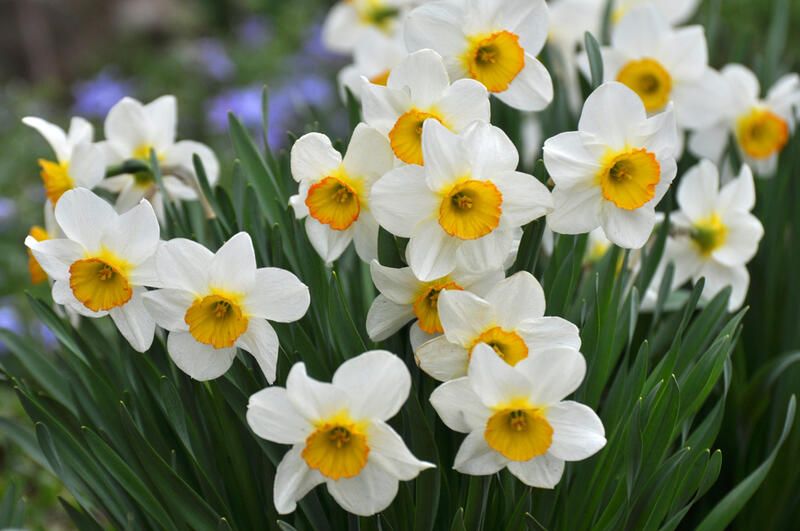
Snowdrops
One of the hardiest flowers around snowdrops even starts to form buds while the ground is covered with snow. These tiny, fragile plants look attractive when planted in groups to create borders.
Daffodils
Do you want spring to arrive sooner? Another wonderful bulb to grow indoors is a daffodil, which can brighten up the dining room when the weather is dismal.
Kale
In milder climes, tougher kale cultivars like White Russian can be planted in January. However, they can also be sown as seedlings in a greenhouse and transplanted in early spring.
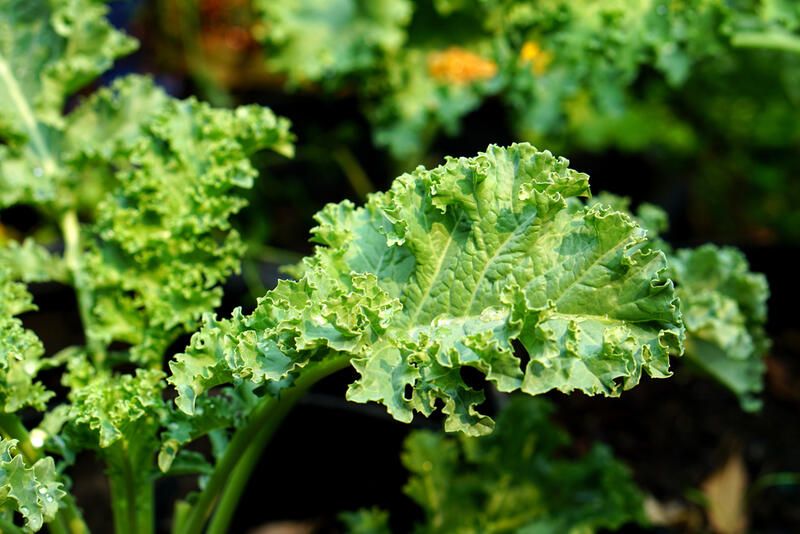
Potatoes
Potatoes can be planted in January if the soil can be worked. They are a fantastic crop for novices and need well-draining, loose soil and lots of sunlight. Because of their propensity to adapt to any situation or climate, potatoes can grow a successful harvest with little to no risk.
Look After Winter Bedding
Winter bedding can have a dead head similar to summer bedding for extending growth and extending blooms. Wintering bedding is important to ensure longer-lasting blooms and protection for your plant babies as well. Make sure your winter bedding has enough organic matter like mulch to protect it and fertilize it. The best time to check on soil nutrition is around late January after you've done all your garden chores. You might also want to reduce watering since the soil is less like to drain well in heavy snow.
It's Time to Check Things Off Your List!


